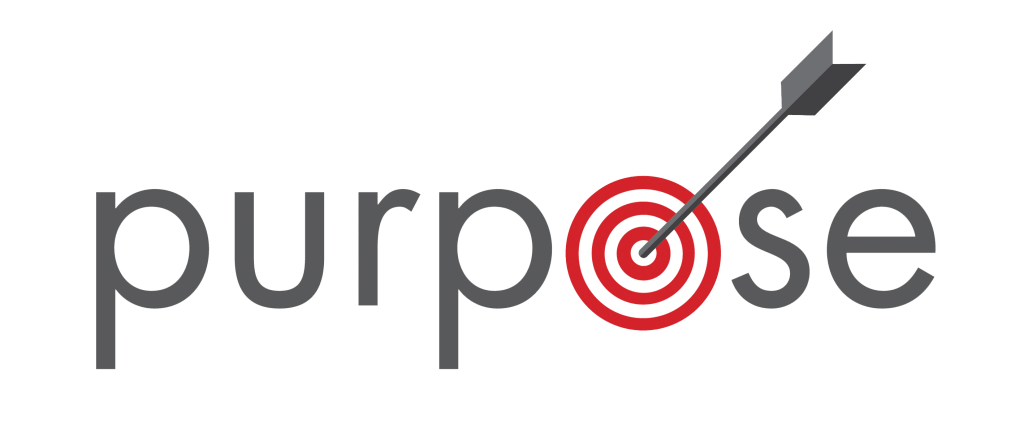Module 1 – Introduction

Find the right platform
In many respects, the eLearning platform you will use have the power to make or break your eLearning course. Of course, there are several platforms on the market … and at different prices. The choice depends on the price, the needs and skills of the teachers. But it depends also on the access and capacities of the learners.
When I developed this eLearning site, I tried first Moodle. Moodle is a platform for large schools and universities. But I realized that the tool was too complex for the needs of mentoring and that I would have to teach the learners how to use Moodle first! The web platform WordPress could finally meet my needs and I found an education template to build the basics of my lessons.

What is the purpose?
One of the most significant mistakes you can make when developing an eLearning course is not to effectively assess and analyze the purpose of your audience. In order to develop an eLearning course that will be effective and worthwhile, you must predetermine what are their objectives.
Are you designing eLearning courses that are aimed at helping learners to delve into a particular topic? Are you teaching a specific skills or developing a product with the learner? One of the most important aspects of an audience analysis is recognizing what your audience hopes to take away throughout the experience.

When, Who and Where
It’s crucial to identify the primary location of your learners while taking the eLearning course, so that you can take that into consideration when you design it. To illustrate, will they be in a public place where audio may not be available?
It is also important to think about how the learners will be accessing the content. Are they going to be signing into the eLearning course via a mobile device? Do they have limited access to Internet? What are their hardware or software limitations? Most importantly, are they tech savvy, or will you need to make the eLearning course more basic in order to provide them with the most benefit?